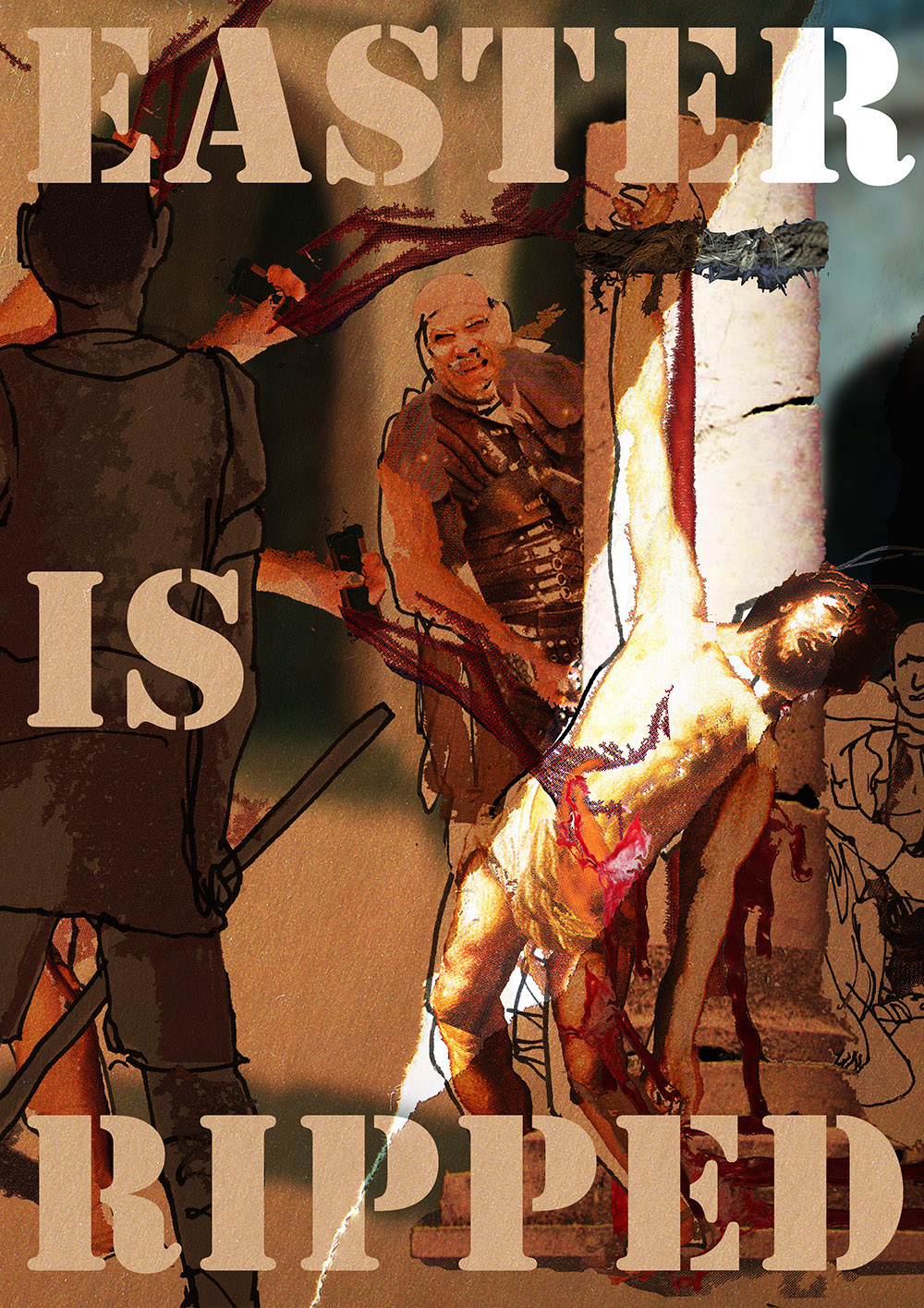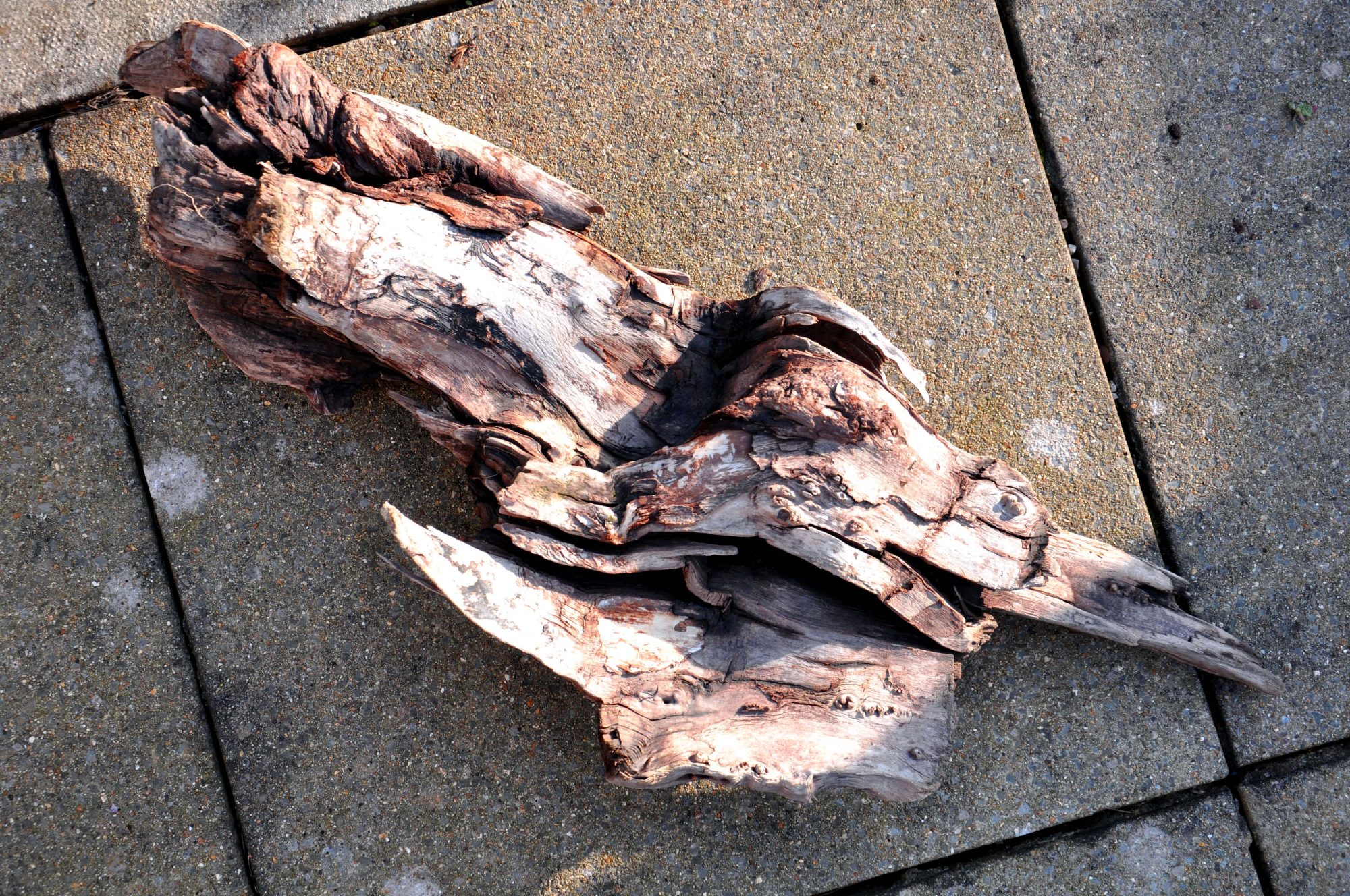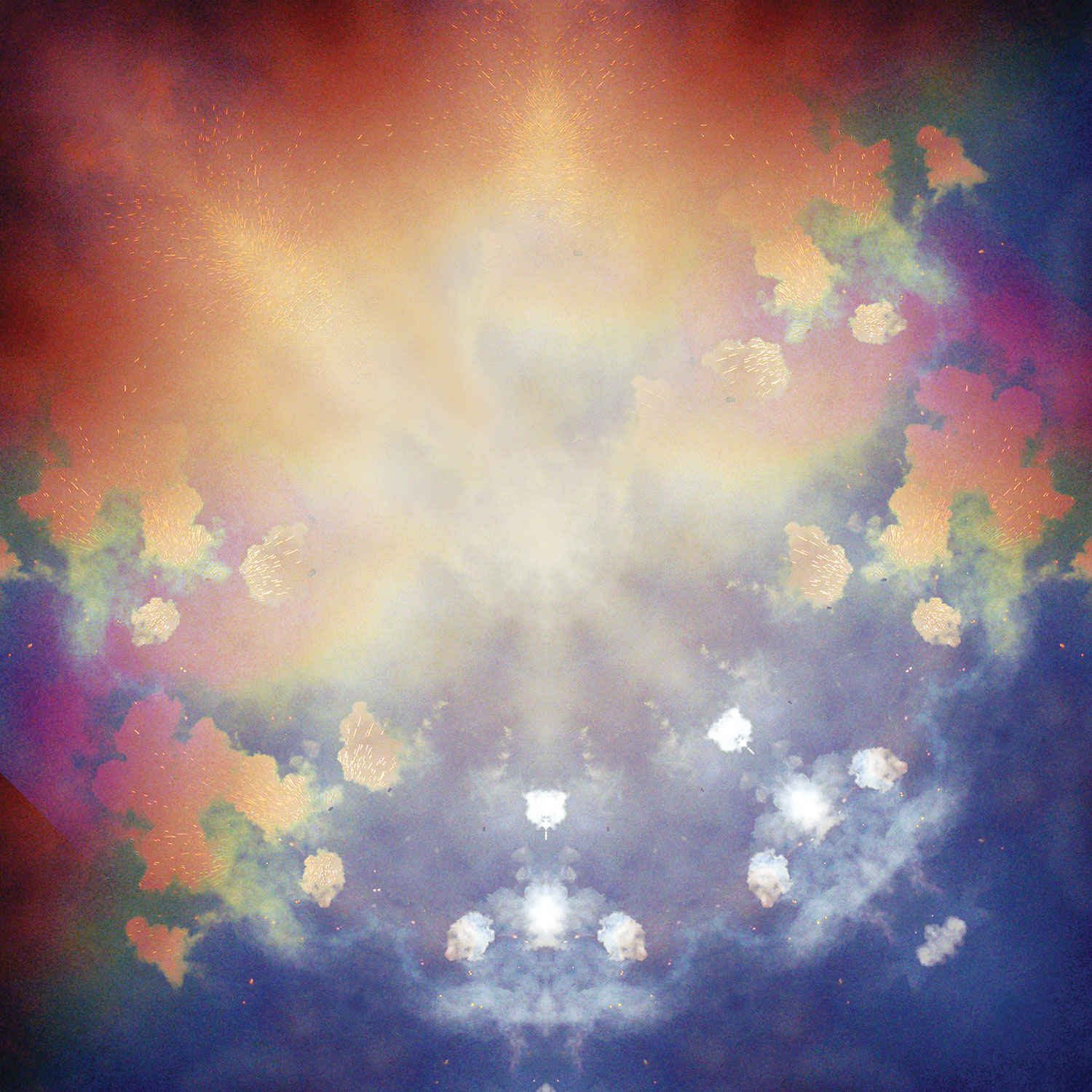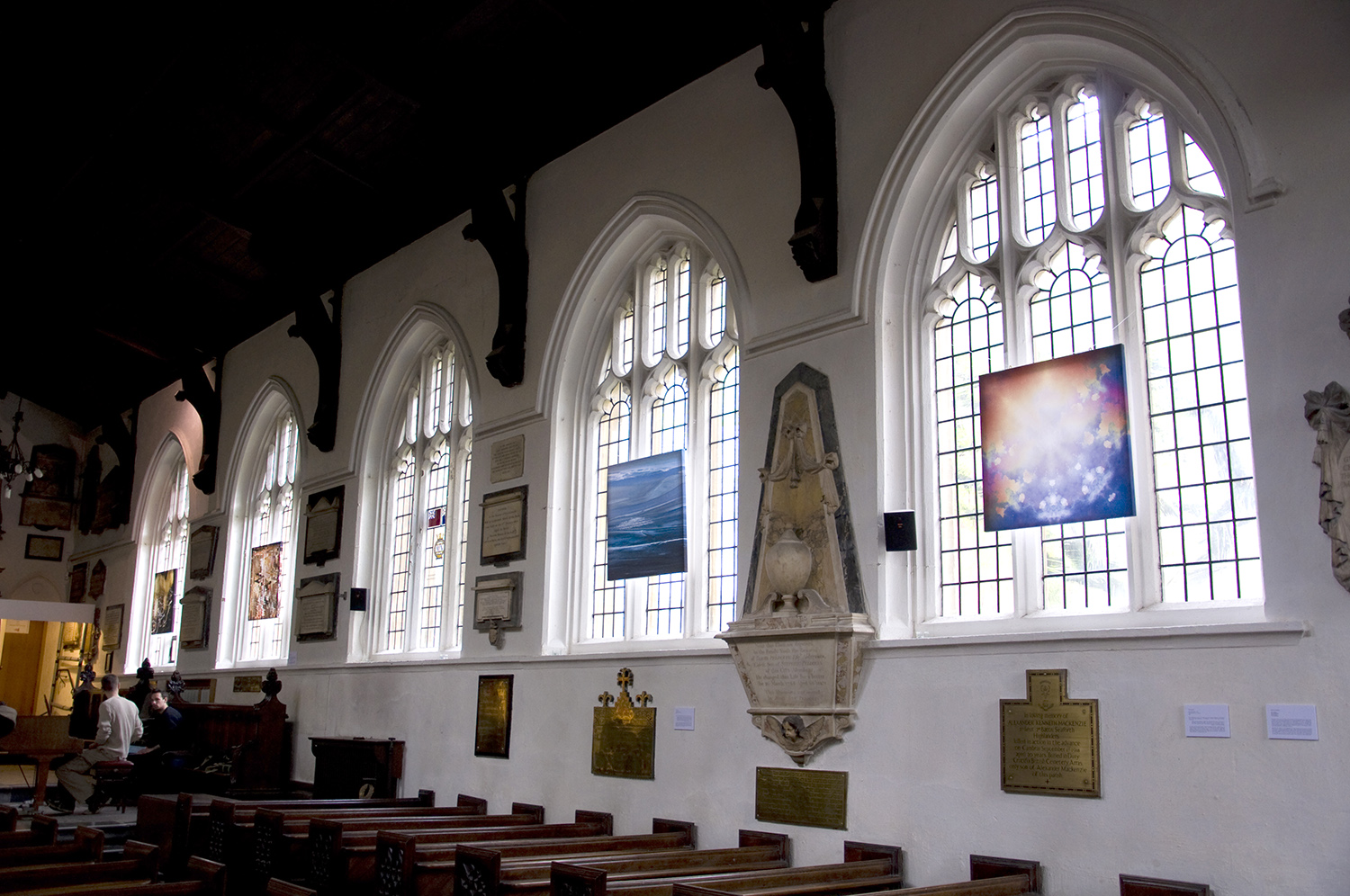Today, Maundy Thursday, is the day in the Christian calendar which prepares for its biggest celebration at Easter. The story of the passion, Jesus’ final hours culminating in his death and resurrection, is one that I re-told in my series The Passion – 12 stations originally produced for exhibition in Bristol Cathedral in 2006. This series has since been shown elsewhere in Bristol, and today, a version of Station 8 (above) has been published in the Church Times as one of the 5 winners of an Easter poster competition. The competition encouraged thought-provoking responses, in keeping with style of ChurchAds, with whom the competition was run. Visit the Church Times site to see the comments and the other winners, one of which includes my friend Ralph Mann.
It’s been encouraging for me to revisit my series, and to dig around in the symbolism and moments of encounter that each station include. It’s also a timely connection to the end of Lent and the approaching end of Holy Week. In a booklet which accompanied the exhibition, I wrote the following article about the work, entitled ‘Why replay the Bible story of Christ’s last hours in art?’
‘Critics today have noted a turn in art since the ’90s towards the iconographic (Brandon Taylor, The Art of Today, 1995), a shift that asks for a more knowing and cognitive response from the viewer in terms of the language being used. The term icon has been broken down and labelled by theorists wanting to explain how pictures exert influence over us, and the place for an experience of art becomes increasingly subject to coding and psychological analysis.
‘But experiences of art were once closely aligned with experiences of God in Western culture, at a time when the iconographic language of pictures was also incredibly rich. Painting began to plumb new depths during the Renaissance when, in the context of art made to represent Christ for the faithful, it invited a greater immediacy for relationship:
Paintings proved capable of representing Christ’s body more richly and resonantly than relics. They could show it whole and eloquent, in the course of its redemptive work. They could also show human beings like ourselves contemplating the actions and traces which God and the saints have made in the world’s fabric, and so draw us into their contemplation by example. … As a result, they are not prey to the disenchantment which has overtaken relics and so much of the furniture of religion in the modern world. … Religion lives more richly from such creative use of its resources. And in the enlivening process a little of what it had once held in exclusive control is consumed into a wider humanity.
(from John Drury, Painting the Word, 2002)
‘In these images, I am trying to remember what was both a knowledge-based understanding of the subject-matter, and a sensory engagement with the design (in terms of spiritual journey or encounter). In this particular balance there are new possibilities for a relationship between art and the church that recognises the legacy of such work – a legacy that encourages a very human telling of the Christian story, and goes some way towards breaking down the institutionalization that encroaches upon it.
‘This ‘human telling’ is specifically conceived of as multi-dimensional: a story has visual qualities that do not remain captive to or do not always need obvious photographic, literal interpretation: metaphors, prose, symbolic meaning all provide meditative stopping points. With my Stations, these open up points of stillness or departure or expansion for the viewer. The scenes are multi-layered, with many character interplays, emotional and spiritual exchanges, political and biblical symbols.
‘And like silver threads running through all the dark tangles are also God’s themes: his relationship with his son, his handing over Jesus to the authorities (whose power he also holds), his abandonment of Jesus, his ultimate plan of redemption for humanity. The cross’ shadow is so big and so long over history, it is sometimes easy to forget its minutiae. One needs to recognise in it the universality of human telling in recounting its uniquely historical story, and also to regain the hand of God in its iconography.’
Happy Easter.
Header image: Prize-winning poster from Station 8 of The Passion series, 2011, by Sheona Beaumont.



